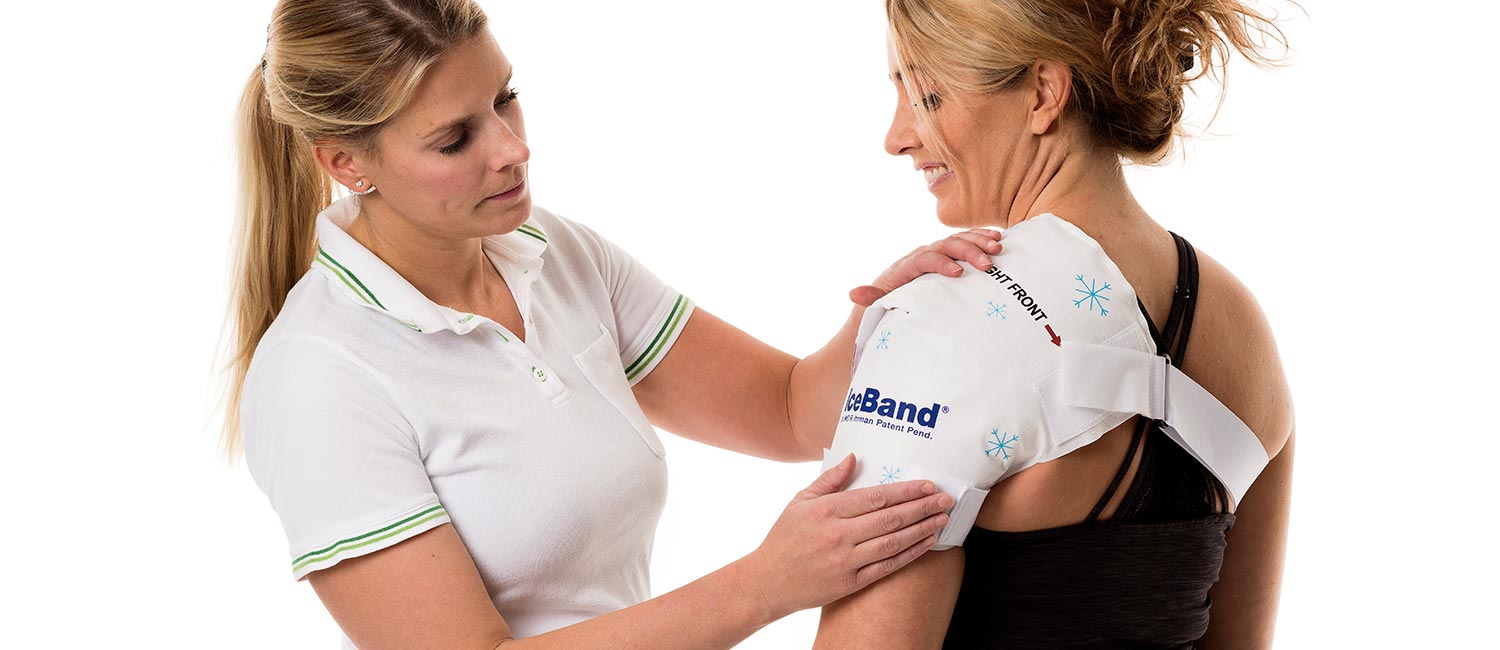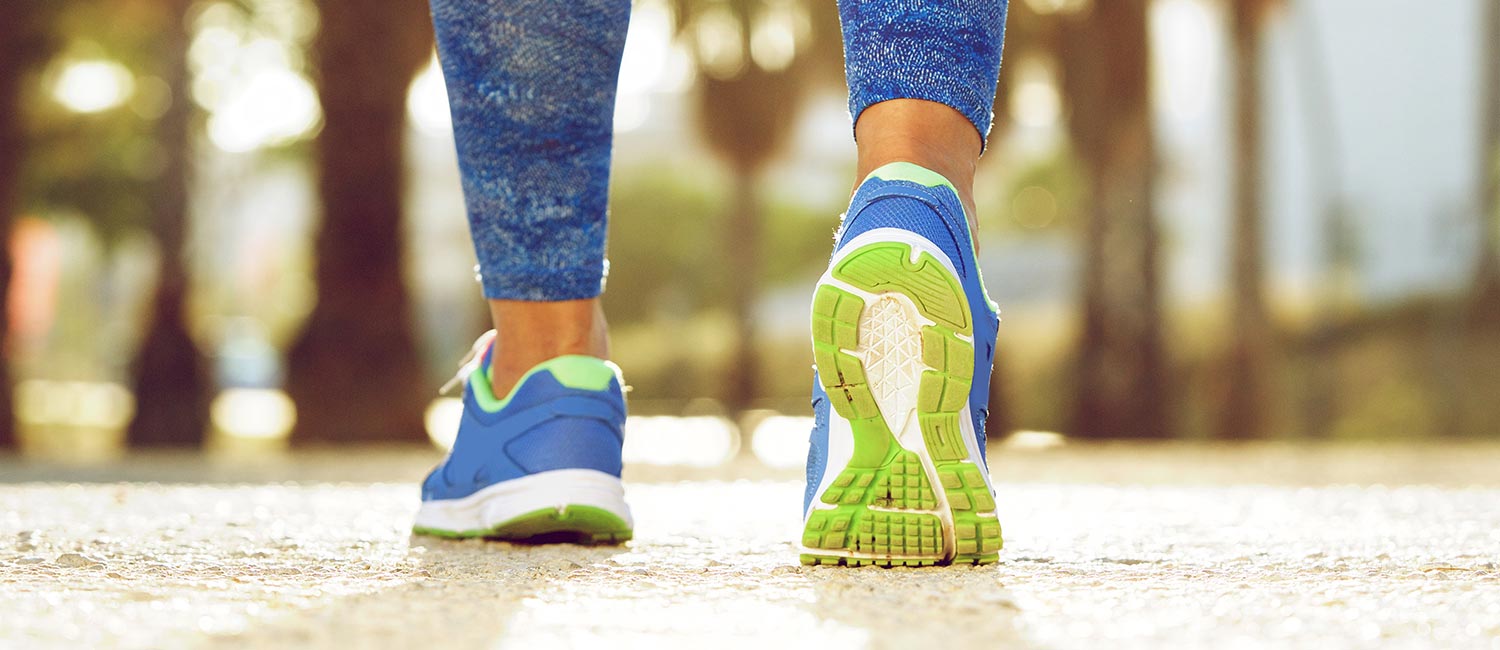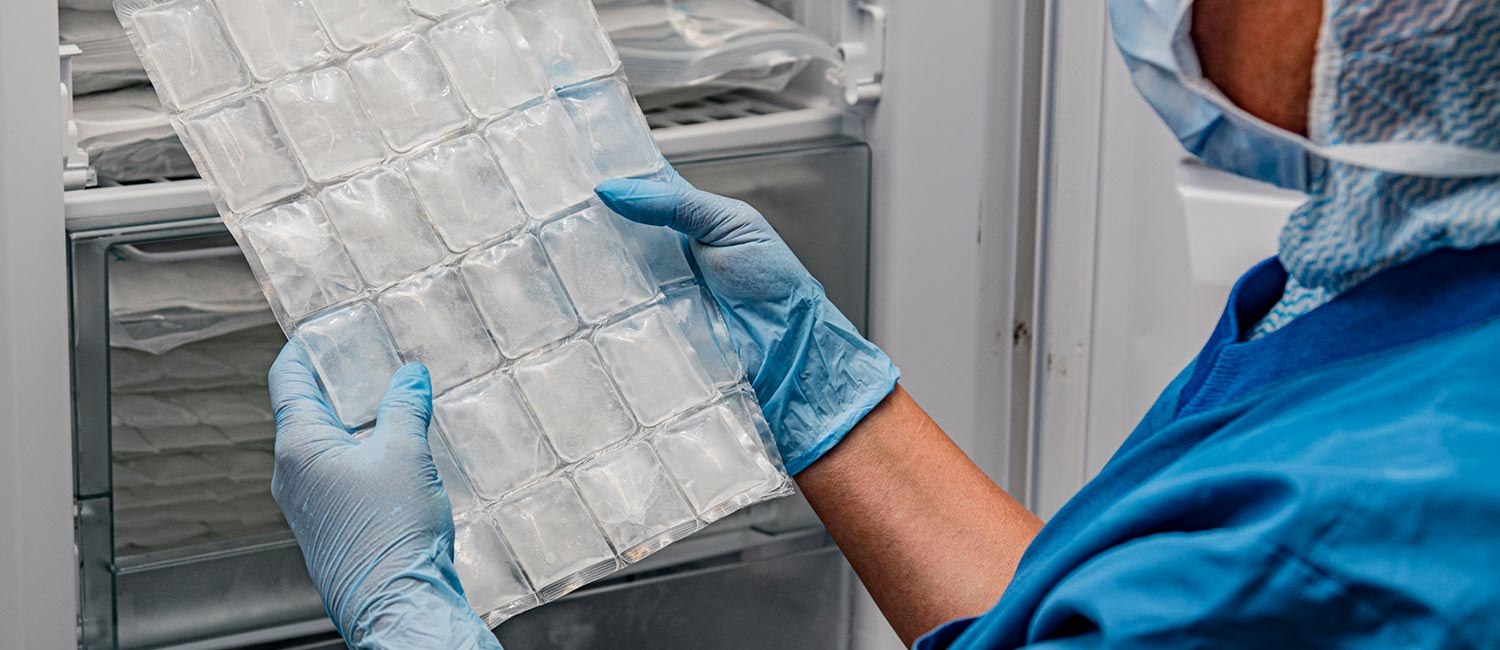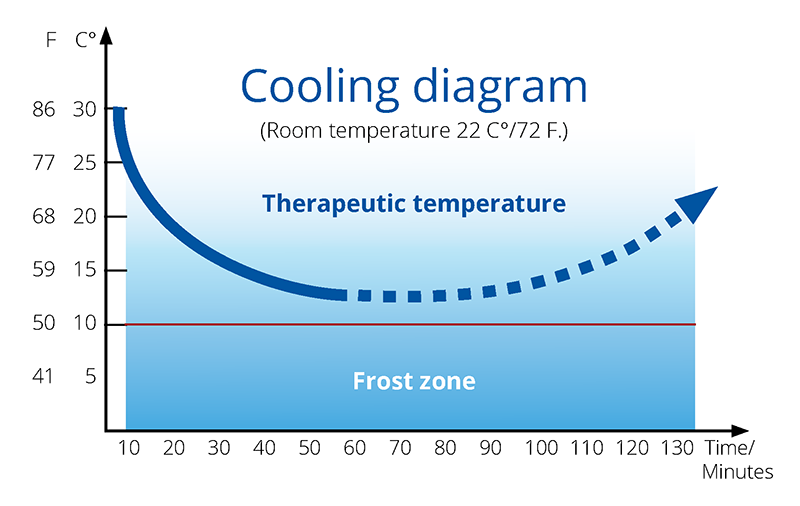För privatpersoner
För företag och institutioner
Vid beställning kontakta vår återförsäljare CONMED
Epost: infoSE@conmed.com
Tel: 031-337 90 30
A Feasibility Study of a Randomised Controlled Trial to Assess the Effect of Cryotherapy vs Standard Treatment Following Arthroscopic Rotator Cuff Repair (RCR)
IceBand is a Swedish clinical cold compression bandage specifically developed to relieve postoperative pain and swelling.
IceBand uses cryotherapy/cold therapy to provide an efficient, user friendly and cost-effective method for treating patients after surgery and/or during rehab.
Thanks to its unique design, IceBand provides a long-lasting cooling effect for optimal therapeutic benefits, lowering the skin temperature without any risk of frostbites.
IceBand has so far been used to successfully treat more than 800.000 patients in Europe. Tests have shown that 93% of the operated patients recommend the usage of IceBand.

IceBand is primarily developed for clinical environments. It should be stored in a freezer close to the operating theater to be used immediately after surgery. The compression bandage consists of sealed cooling elements with frozen water and is easily applied using Velcro straps.
Thanks to its user-friendly design, patients can continue to use the bandage once released from hospital and throughout the whole postoperative rehab period. The cooling elements in IceBand can be stored in the household freezer and can be refrozen and reused up to 30 times. After rehab, the bandage can easily be disposed of as household waste.

IceBand is especially developed as a cryotherapeutic aid after orthopedic surgery.
Compared to other medical devices, IceBand is a cost-effective way of treating pain and swelling and provides the orthopedic surgeon with the possibility to offer efficient postoperative treatment to a large number of patients at a low cost.
Since IceBand also facilitates the rehabilitation and recovery processes, it may reduce the time spent in hospital after surgery, optimizing hospital care.
The compression bandage is designed for single patient use which significantly reduces the risk of cross contamination.

IceBand should be applied without delay after surgery or injury. Used correctly it may facilitate the postoperative rehabilitation, shorten the recovery period and reduce the need for anesthetics and painkillers. Iceband can be used during physical therapy and rehab training. It is also a perfect aid for treating sporting injuries, like sprained ankles.

The cooling elements in IceBand consists of water without any additives. The bandage and its cooling elements can be refrozen and reused up to 30 times without losing effect. After rehab the bandage can be easily disposed of as household waste.
The benefits of cryotherapy have been known for a long time. The combination of cooling and compression is a well-known, efficient method to relieve pain and reduce swelling. Cryotherapy also has very few contraindications and is frequently used in orthopedic surgery, heart surgery, brain surgery and in sports.
During the acute inflammatory phase after surgery/injury (first 72 hours), and during the reparative phase (72 hours to 6 weeks), cooling has a well-documented hypo-metabolic, analgesic and anti-inflammatory effect. In combination with compression therapy, this leads to less swelling and less tissue damage, which in turn allows for quicker rehabilitation.
IceBand is designed based on scientific criteria to give optimal cooling and compression. Furthermore, IceBand has few contraindications and low risk of side effects.
IceBand is a Swedish invention developed in co-operation with MD R.Ihrman, Orthopedic Clinic, County Hospital Ryhov, Jönköping, Sweden. IceBand® is registered trademark.

IceBand provides a documented cooling effect for 45-60 minutes.Thanks to the protective non-woven fabric of IceBand, skin temperature will never drop below 50°F (10°C), which rules out any risks for frostbites.